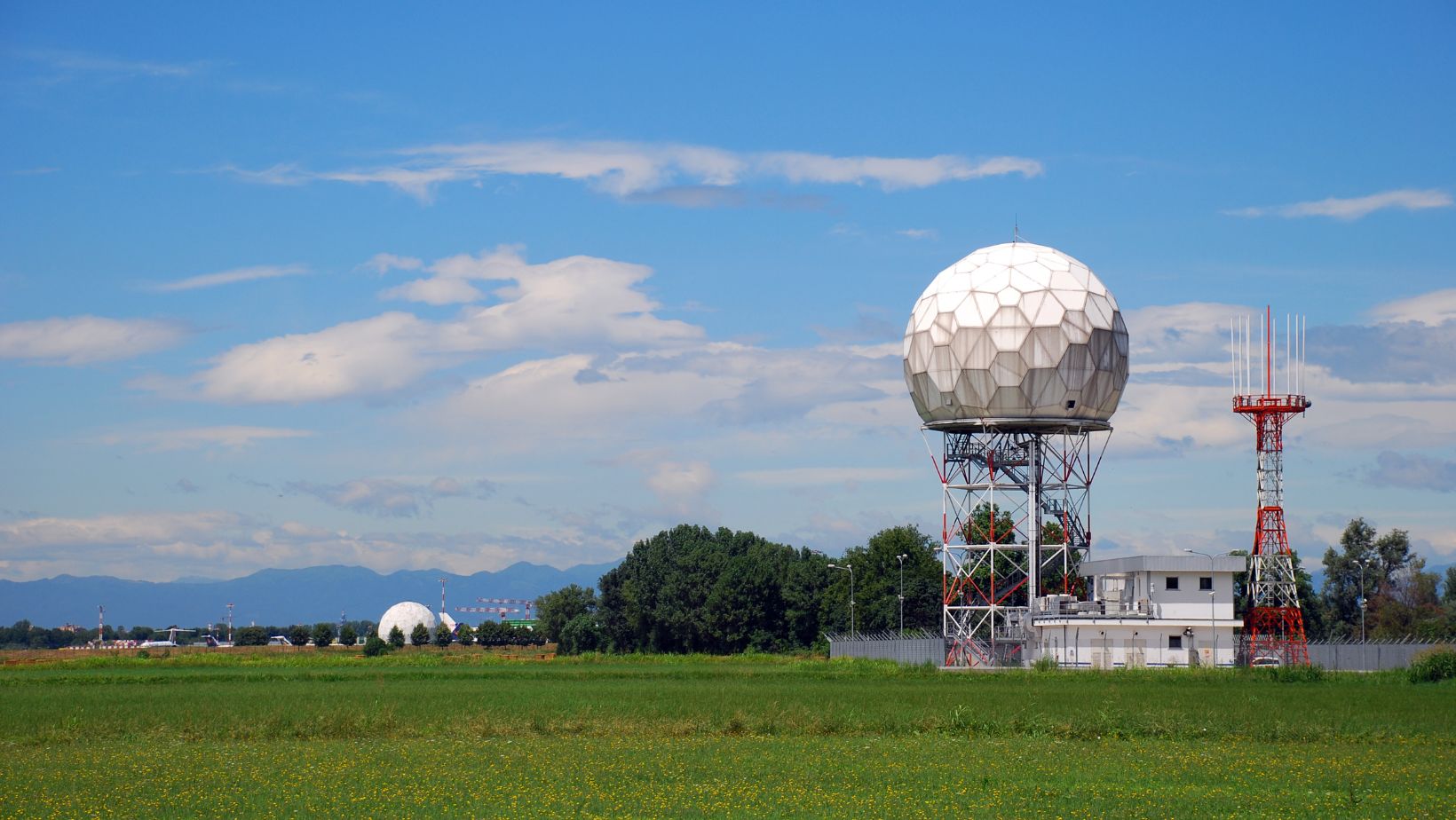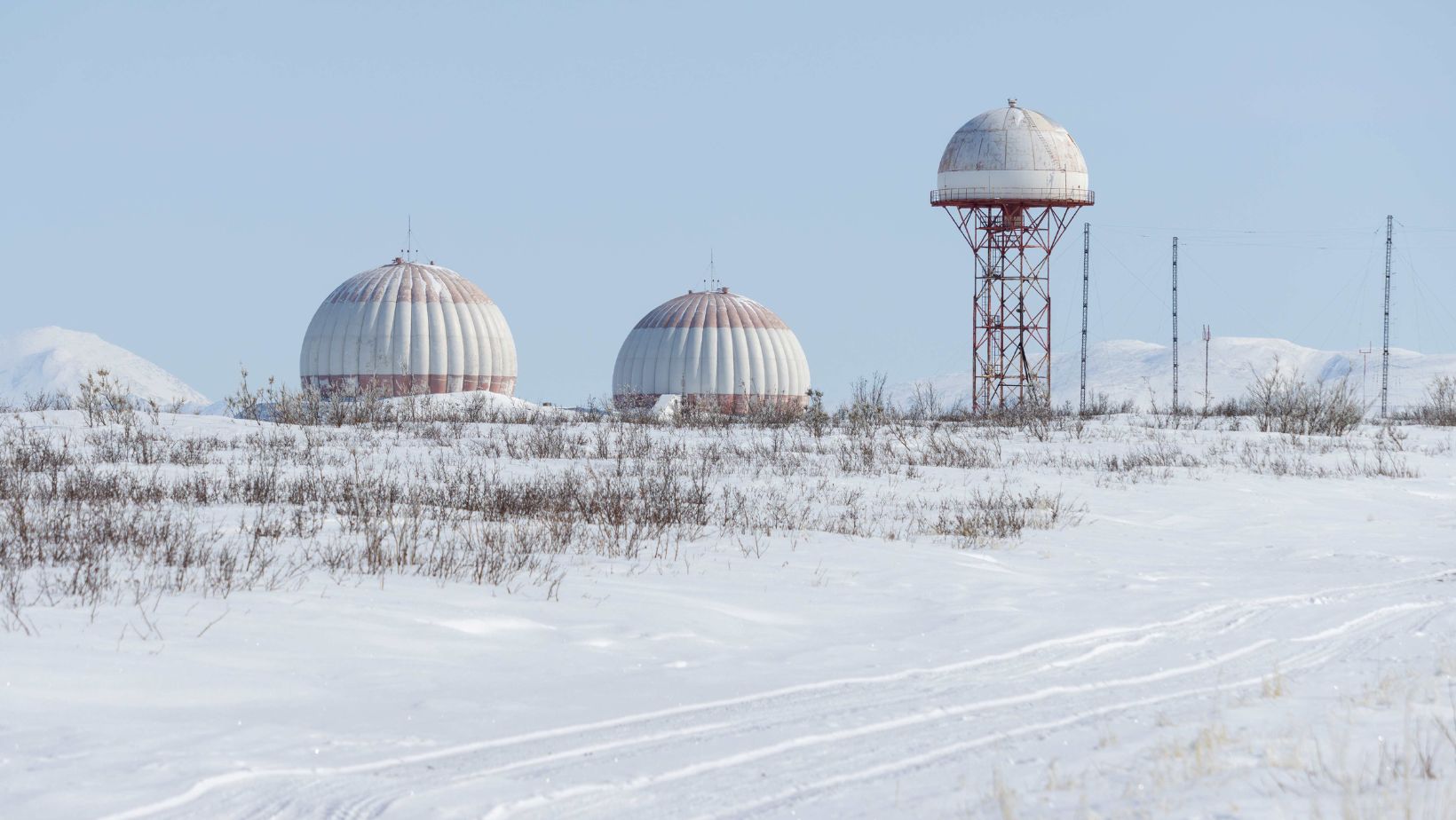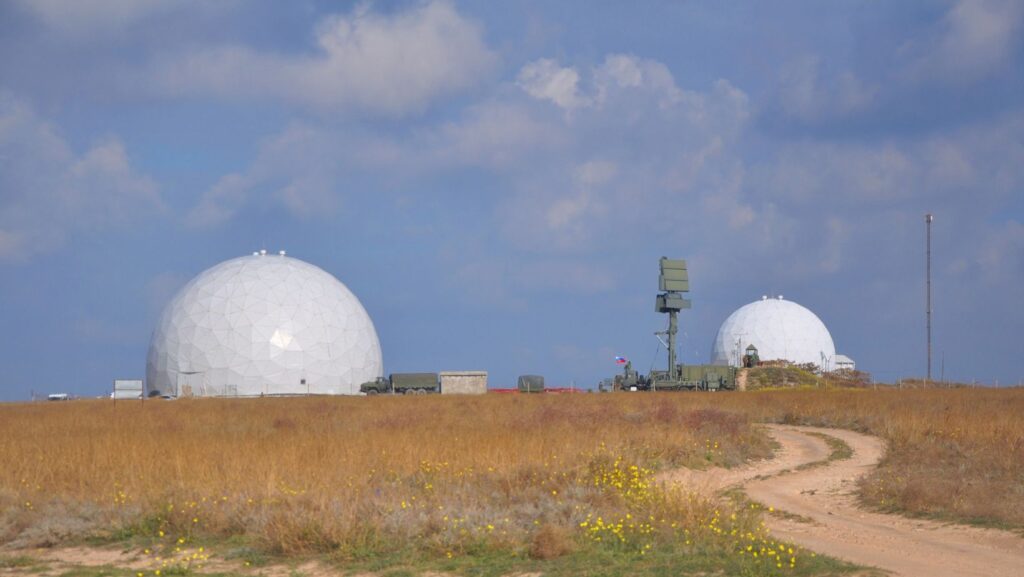Radar systems are vital for various industries, from aviation to defense. These systems help detect objects, navigate aircraft, and even manage traffic. Given their importance, ensuring their protection is crucial. This is where radar enclosures come into play. By providing a secure environment, these enclosures shield radar systems from environmental challenges and other potential threats.
Read this article and know why radar enclosures are essential for safeguarding these advanced systems.
Protection Against Harsh Weather Conditions
Radar systems are often exposed to a wide range of weather conditions, from scorching heat to freezing cold. Extreme temperatures can damage sensitive components, leading to system failures. Rain, snow, and ice can also interfere with radar operations, reducing their effectiveness. A radar enclosure acts as a barrier, keeping these weather elements at bay. For instance, in areas prone to heavy snowfall, an enclosure can prevent snow buildup, ensuring the radar system continues to function smoothly.
Shielding from Environmental Contaminants
Dust, sand, and other airborne particles can infiltrate radar systems, causing wear and tear on delicate components. Over time, this can lead to malfunctions or even complete system breakdowns. In coastal areas, salt in the air poses an additional threat, as it can corrode metal parts. A well-designed radar enclosure provides a controlled environment that keeps these contaminants out. By maintaining clean internal conditions, enclosures help extend the lifespan of radar systems, reducing the need for frequent maintenance.
Reducing the Risk of Physical Damage
Radar systems are often installed in remote or high-traffic areas, making them vulnerable to accidental damage.

Whether it’s from wildlife, passing vehicles, or even vandalism, physical harm to radar equipment can be costly. A sturdy radar shelter offers a layer of protection against such incidents. It ensures that the radar system remains secure, minimizing the chances of physical impact affecting its performance. This is especially important in military applications, where the reliability of radar systems can be critical.
Enhancing Operational Efficiency
A radar system’s efficiency can be compromised by external factors such as electromagnetic interference (EMI). EMI can distort radar signals, leading to inaccurate readings and reduced effectiveness. Radar enclosures often come with built-in shielding to block unwanted electromagnetic waves, ensuring that the radar system operates without interference. This enhancement is crucial for applications that require precise detection and tracking, such as air traffic control or missile guidance systems.
Improving System Security
In an age where cybersecurity is a growing concern, physical security remains just as important. Radar systems are valuable assets, and their vulnerability to tampering or sabotage cannot be overlooked. A robust radar enclosure acts as a first line of defense against unauthorized access. By controlling who can physically interact with the system, enclosures help prevent tampering and ensure that the radar system remains secure. For example, in military bases, radar enclosures are often equipped with advanced locking mechanisms to deter potential intruders.
Mitigating the Effects of Natural Disasters
Natural disasters, such as hurricanes, earthquakes, and floods, can pose significant risks to radar systems. These events can cause structural damage, disrupt power supplies, and lead to prolonged downtime. While no enclosure can make a radar system completely disaster-proof, it can offer substantial protection. For instance, enclosures designed to withstand high winds can prevent radar equipment from being blown away or damaged during a storm. Similarly, flood-resistant enclosures can protect radar systems from water ingress during floods.
Cost-Effectiveness in the Long Run
While investing in a radar enclosure might seem like an additional expense, it is a cost-effective solution in the long run. Without proper protection, radar systems are more likely to suffer damage, leading to costly repairs or replacements. The downtime associated with such repairs can also be expensive, especially in industries where radar systems are critical to operations.

By safeguarding radar equipment, enclosures help avoid these potential costs, making them a wise investment.
Customization for Specific Needs
Radar systems come in various sizes and configurations, and their enclosures must be tailored to meet these specific requirements. Fortunately, radar enclosures can be customized to fit different system designs, ensuring optimal protection. Whether it’s a compact radar system used in weather monitoring or a large-scale system for air defense, an enclosure can be designed to provide the right level of protection. Customization also extends to features such as insulation, cooling systems, and security measures, allowing radar enclosures to meet the unique needs of each application.
Conclusion
In summary, radar enclosures play a critical role in protecting advanced radar systems from a multitude of threats. By shielding these systems from harsh weather, environmental contaminants, physical damage, and electromagnetic interference, enclosures help maintain their operational efficiency. Additionally, they enhance system security and provide protection during natural disasters. While the initial investment in a radar enclosure may seem significant, the long-term benefits in terms of cost savings and system reliability are undeniable. For industries that rely on radar systems, investing in a high-quality radar enclosure is not just an option—it’s a necessity.


